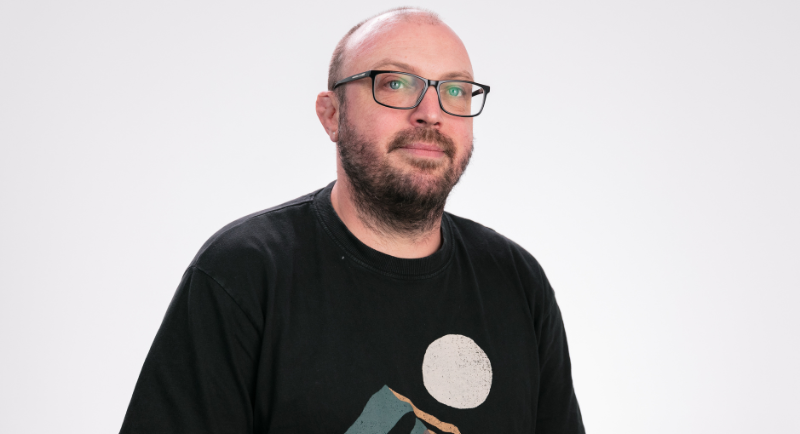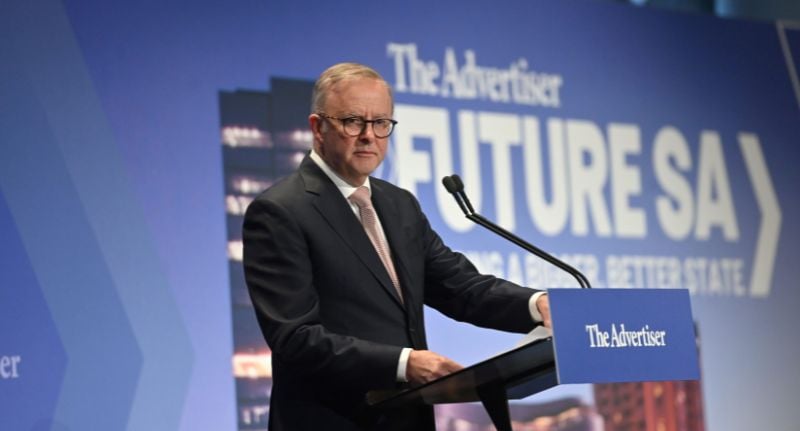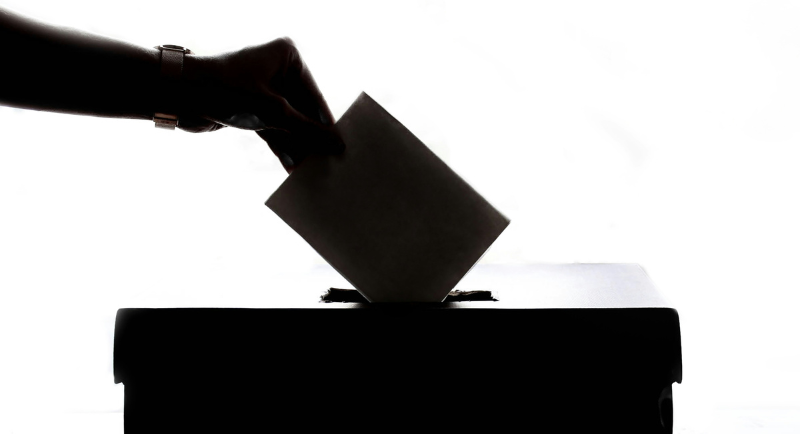By Luke Holland, Group Head of Strategic Comms and PR at Think HQ
Peter Dutton began this Federal Election campaign from a position of apparent strength – and his apparent strength was often touted as a key part of his appeal. While describing him as cruel may be push, he cultivated a hard-nosed if not hard man persona, one where kindness was certainly not a virtue. Lambasting his opponent Anthony Albanese as weak was central to his campaign shtick.
And it seemed to be working. With a mid‑February YouGov model placing the Coalition on 51 per cent two‑party preferred, Liberal strategists were briefing seriously about reclaiming government. Labor’s vote was widely regarded as “soft”, with a deflated Anthony Albanese showing all the wobbliness that risked derailing his 2022 campaign.
But if a week is a long time in politics, the past six have lasted a lifetime for Peter Dutton. The Coalition launch promised “cheap, clean nuclear” but arrived without costings or timeline – but this barely mattered as a monumental working from home u-turn was so spectacular it sucked the air out of every doorstop Dutton did for two weeks. Ill-judged photo ops with his son – and the ensuing weirdness about helping him buy a house – didn’t help matters, nor did verballing the Indonesian president on matters of national security.

Luke Holland
A home straight embrace of culture wars 101 – decrying Welcome to Country at ANZAC Day ceremonies, railing against “inner‑city elites” and hate media and nodding to social‑media conspiracies – seemed desperate and ill-judged, with the campaign that started out as the most likely next government and ending it like a Trumpet of Patriots tribute band.
And much of the commentary we’ve seen ends here, with a post-mortem of everything that the Liberals and Peter Dutton did wrong – right up to losing his own seat. But it only tells only half the tale.
Running alongside the real-time Liberal train wreck was a Labor campaign so meticulous and rehearsed it seemed downright boring – and for precisely for that reason, devastatingly effective.

Prime Minister Anthony Albanese.
Anthony Albanese nailed his cost of living colours to the mast on day one, then spent the next 40 days repeating the same three messages: continuing real help for those doing it tough, protecting and boosting Medicare and delivering the policies and the investment to tackle Australia’s housing crises, decades in the making. But was it just this relentless drumbeat of pitch-perfect photos and a meticulously researched on-message ad blitz that saw Labor flip the race to 53‑47 and secure (as of the time of writing) 87 seats?
In a word – no. Because what many observers missed was the campaign’s emotional architecture, largely as it wasn’t aimed at them. It truly came to life in the second leaders debate, when Albanese was asked whether “being too soft” was a flaw. “Kindness isn’t weakness,” he replied. “It’s how I was raised, and how I’ll govern.” The applause that followed was real – a connection had been made, on national television, and from the heart.
And kindness of any sort was in short supply in a Liberal campaign where Peter Dutton spoke to an Australia that no longer exists, with grievances confected and differences artificially accentuated. Albanese campaigned for the Australia of today, in its indisputable diversity. Voters chose the latter in a landslide and, in doing so, made kindness fashionable again.
For communicators and advertisers the lesson is unambiguous. Messages that reflect today’s Australia cut through and connect; those that speak to an artificial recreation of an Australia of many years ago are doomed to fail. Giving everyone a fair go has always been the right thing to do. Saturday’s election – and the campaigns that defined it – showed beyond doubt that it is also the smartest strategy.

